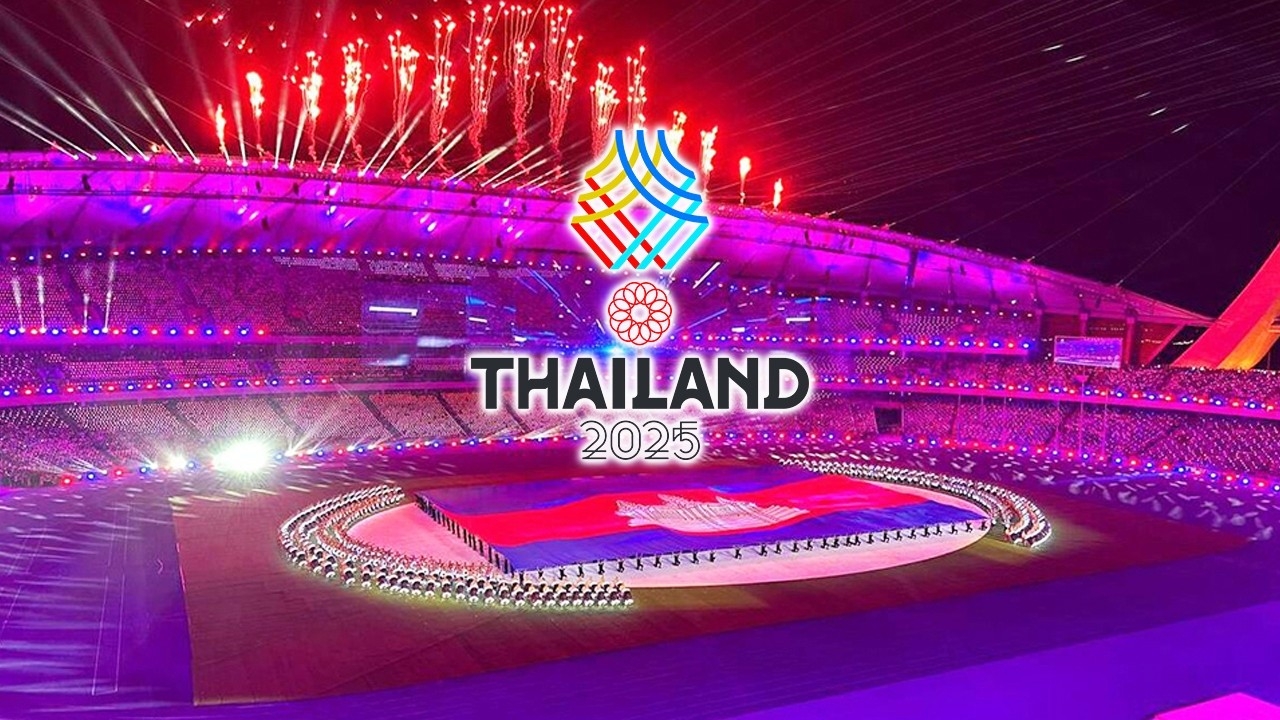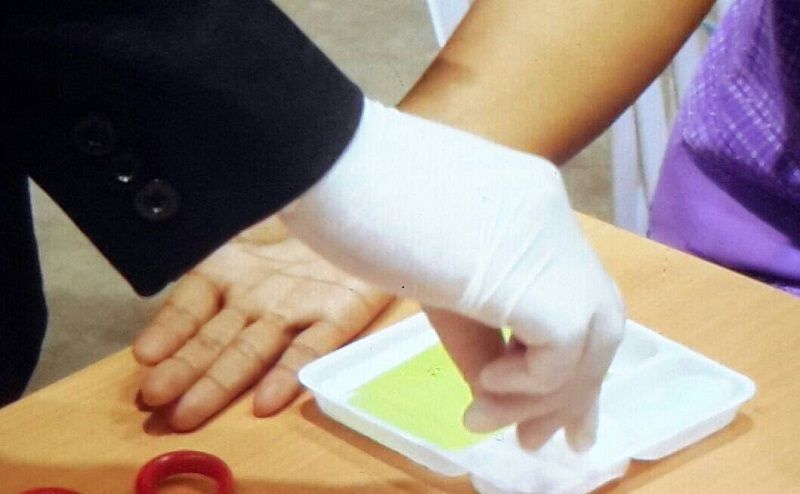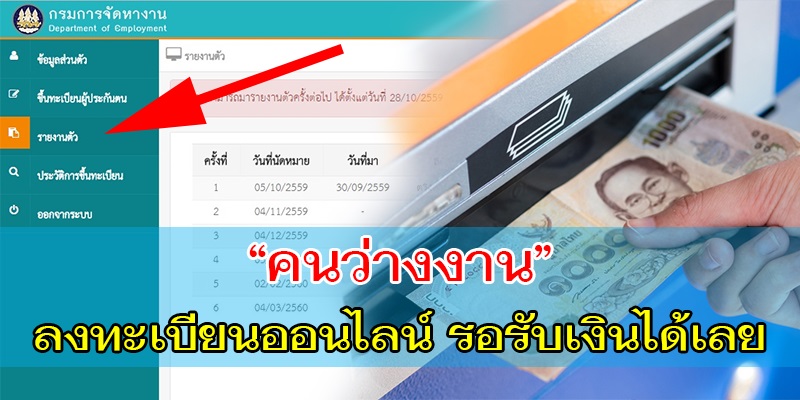ภาพวันปิยะมหาราช ประวัติวันปิยะมหาราชเป็นภาษาอังกฤษ ประชาชนทำอะไรในวันปิยะมหาราช
ภาพวันปิยะมหาราช
+++++++++++++++++++++++++++++++++++++++++++++++++++++++++++++++++++++++++++++++++++++++++++++++++++++++++++++++++
ประวัติวันปิยะมหาราชเป็นภาษาอังกฤษ
King Chulalongkorn the Great
"Chulalongkorn Day" or "Piyamaharaj Day", which we say in Thai, is celebrated on 23rd October of every year. It is the day that our King Chulalongkorn, or King Rama V, died. He is one of our most important kings in the past. The most important thing he did is abolish slavery but he also did many other reforms in order to modernize the country.
King Chulalongkorn (Phra Chulachom Klao Chaoyuhua or RamaV) succeeded to the throne at the death of his father, King Mongkut (or Phra Chom Klao). He was born on September 20, 1853 the first son of Queen Ramphai Pamarapirom (Thepsirindra) and the 9th surviving son of King Mongkut. King Rama V ascended the Throne in 1868 at the age of 15, with Chao Phraya Sri Suriyawongse as Regent.
King Rama V’s long reign of 42-years was a busy era of full-scale reform and the emergence of Thailand into the modern age. He learned the systems of Western Governments, made friends with major powers such as Britain, France, America and Russia and sent the royal children to be educated in the West. It seems he was prepared to learn from the West while at the same time, resisting domination by the major powers. Above all, he was the first Thai monarch who traveled widely: to neighboring countries in Asia and to Europe twice. Wherever he went, he was impressed by the hospitality and respect shown to him by the Royalty of the various countries.
The King’s reforms, which involved almost every aspect of Thai life, included the abolition of slavery, the expansion of the communication system through the construction of railways, the establishment of post and telegraph services and the creation of a ministerial system in 1892. In addition, the King also established a variety of public utilities, particularly in the fields of health and education. Unfortunately, world events at that time did not allow him to proceed smoothly with his administrative reform as it coincided with the age of colonialism. The King, therefore, had to adapt his foreign policy to maintain a balance between the contending powers. He fostered friendly relations with all powers and avoided confrontation. In the last period of his reign, the country lost a lot of land to France. Thus, at the time of crisis, even though Thailand had to sacrifice some of her territories, she was able to keep her independence.
King Chulalongkorn wanted to make the people less subservient, thus, in 1873 after the coronation, he proclaimed that prostration in front of the king was to be abolished. Later, in 1905 he abolished slavery. This slave abolition was the most important royal contribution. The Slave Act was passed by King Rama V in 1905 to prohibit slave-trade. The King traveled extensively throughout the kingdom to personally investigate and share his subjects’ conditions and aspirations, often known in Thai as “Prapasstion”. It is very difficult to mention all of his numerous reforms. All the present-day ministries and departments owe their origin of his far-sighted concepts.
 |  |  |
| A typical laying-of-the-wreath ceremony at the city hall in Samut Prakan Province. | ||
His death on October 23, 1910 was a great loss to the entire nation as he was one of the most honored and beloved kings who was often called “Somdej Phra Piyamaharaj”. Moreover, Thai people also believed in the King’s miraculous power of bringing good luck and prosperity to the person who pays respect to him. Thus, the King’s picture is found in almost every house. Thai people from all walks of life lay wreaths at his equestrian statue at the Royal Plaza in Bangkok and his statues in the provinces.
----------------------------
Information in this page mainly comes from a book called "Essays on Thailand" by Thanapol Chadchaidee. It is used here with his permission. The book contains 60 essays about Thailand written in Thai and English.
Link htts://www.thailandlife.com
++++++++++++++++++++++++++++++++++++++++++++++++++++++++++++++++++++++++++++++++++++++++++++++++++++
ประชาชนทำอะไรในวันปิยะมหาราช

23 ตุลาคม วันปิยมหาราช
วันปิยมหาราช ตรงกับวันที่ 23 ตุลาคม ของทุกปี เป็นวันคล้ายวันสวรรคตของพระบาทสมเด็จพระจุลจอมเกล้าเจ้าอยู่หัว พระองค์ทรงเป็นที่รักใคร่อย่างล้นเหลือของพสกนิกรทั้งชาวไทยและชาวต่าง ประเทศ พระองค์จึงได้รับการถวายพระราชสมัญญานามว่า "สมเด็จพระปิยมหาราช" ซึ่งมีความหมายว่า "พระมหากษัตริย์ที่ทรงเป็นที่รักยิ่งของปวงชน" ด้วยความสำนึกในพระมหากรุณาธิคุณ รัฐบาลจึงได้ประกาศให้วันที่ 23 ตุลาคม เป็น "วันปิยมหาราช"
ในวันปิยมหาราช พระบาทสมเด็จพระเจ้าอยู่หัว พร้อมด้วยพระบรมวงศานุวงศ์ จะเสด็จฯ ไปวางพวงมาลา ณ พระบรมรูปทรงม้า ซึ่งตั้งอยู่ที่หน้า พระที่นั่งอนันตสมาคม เป็นประจำทุกปี
ความเป็นมาของ วันปิยมหาราช
เมื่อวันที่ 23 ตุลาคม พ.ศ.2453 ได้เกิดเหตุการณ์ที่สร้างความเศร้าโศกให้กับประเทศไทยครั้งใหญ่หลวง เมื่อพระบาทสมเด็จพระจุลจอมเกล้าเจ้าอยู่หัว รัชกาลที่ 5 ทรงประชวรเสด็จสวรรคต ณ พระที่นั่งอัมพรสถานพระราชวังดุสิต เนื่องด้วยพระบาทสมเด็จพระจุลจอมเกล้าเจ้าอยู่หัวทรงเป็นกษัตริย์ที่เป็นที่ เคารพรักของทวยราษฎร์ ทรงมีพระมหากรุณาธิคุณอเนกประการ ทั้งในการปกครองบ้านเมือง และพระราชทานความร่มเย็นเป็นสุขแก่ชนทุกหมู่เหล่า
ต่อมาในรัชสมัยของพระบาทสมเด็จพระมงกุฎเกล้าเจ้าอยู่หัว รัชกาลที่ 6 ทางราชการได้ประกาศให้วันที่ 23 ตุลาคม ซึ่งเป็นวันสวรรคตของพระบาทสมเด็จพระจุลจอมเกล้าเจ้าอยู่หัว เป็นวันที่ระลึกสำคัญของชาติเรียกว่า "วันปิยมหาราช" และกำหนดให้เป็นวันหยุดราชการ
เจ้าหน้าที่กระทรวงมหาดไทยซึ่งต่อมาเป็น "กรุงเทพมหานคร" ร่วมด้วยกระทรวงวัง ซึ่งต่อมาเป็น "สำนักพระราชวัง" ได้จัดตกแต่งพระบรมราชานุสาวรีย์ ตั้งราชวัติฉัตร 5 ชั้น ประดับโคมไฟ ทอดเครื่องราชสักการะที่หน้าพระบรมราชานุสาวรีย์ตั้งแต่นั้นมาจนถึงปัจจุบัน
พระราชพิธีทรงบำเพ็ญพระราชกุศล วันปิยมหาราช ครั้งแรกเกิดขึ้นถัดจากปีที่ได้ถวายพระเพลิงพระบรมศพพระบาทสมเด็จพระจุล จอมเกล้าเจ้าอยู่หัว โดยพระบาทสมเด็จพระมงกุฎเกล้าเจ้าอยู่หัว ทรงบำเพ็ญพระราชกุศลทักษิณานุปทานถวายแล้วเสด็จฯ ไปถวายพวงมาลา ทรงจุดธูปเทียนเครื่องราชสักการะที่พระบรมราชานุสาวรีย์

กิจกรรมใน วันปิยมหาราช
ในวันที่ 23 ตุลาคม ของทุกปี หน่วยงานต่างๆ ทั้งราชการและภาคเอกชน นักเรียน-นิสิตนักศึกษา รวมทั้งประชาชนจะมาวางพวงมาลาดอกไม้สักการะ และถวายบังคมที่พระบรมรูปทรงม้า เพื่อเป็นการรำลึกถึงพระมหากรุณาธิคุณของพระบาทสมเด็จพระจุลจอมเกล้าเจ้า อยู่หัว และทำบุญตักบาตอุทิศเป็นพระราชกุศลแด่พระบาทสมเด็จพระจุลจอมเกล้าเจ้าอยู่ หัว นอกจากนี้ในหน่วยงาน และโรงเรียน มหาวิทยาลัย จะจัดนิทรรศการเผยแพร่พระราชประวัติ และพระราชกรณียกิจ ในพระบาทสมเด็จพระจุลจอมเกล้าเจ้าอยู่หัว อันเป็นการประกาศเกียรติคุณให้ไพศาลสืบไป
จากวิกิพีเดีย สารานุกรมเสรี
+++++++++++++++++++++++++++++++++++++++++++++++++++++++++++++++++++++++++++++++++++++++++++++++++++++















